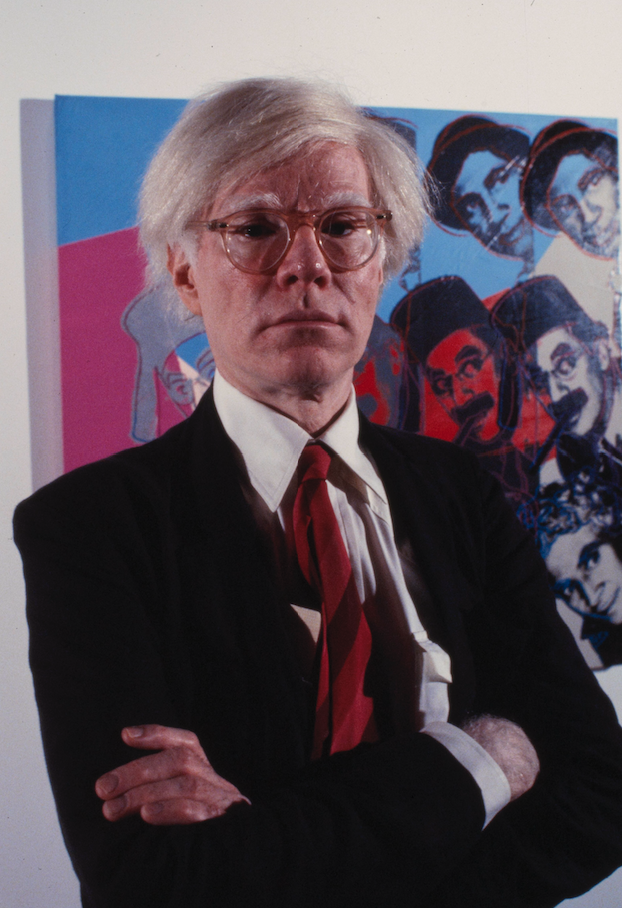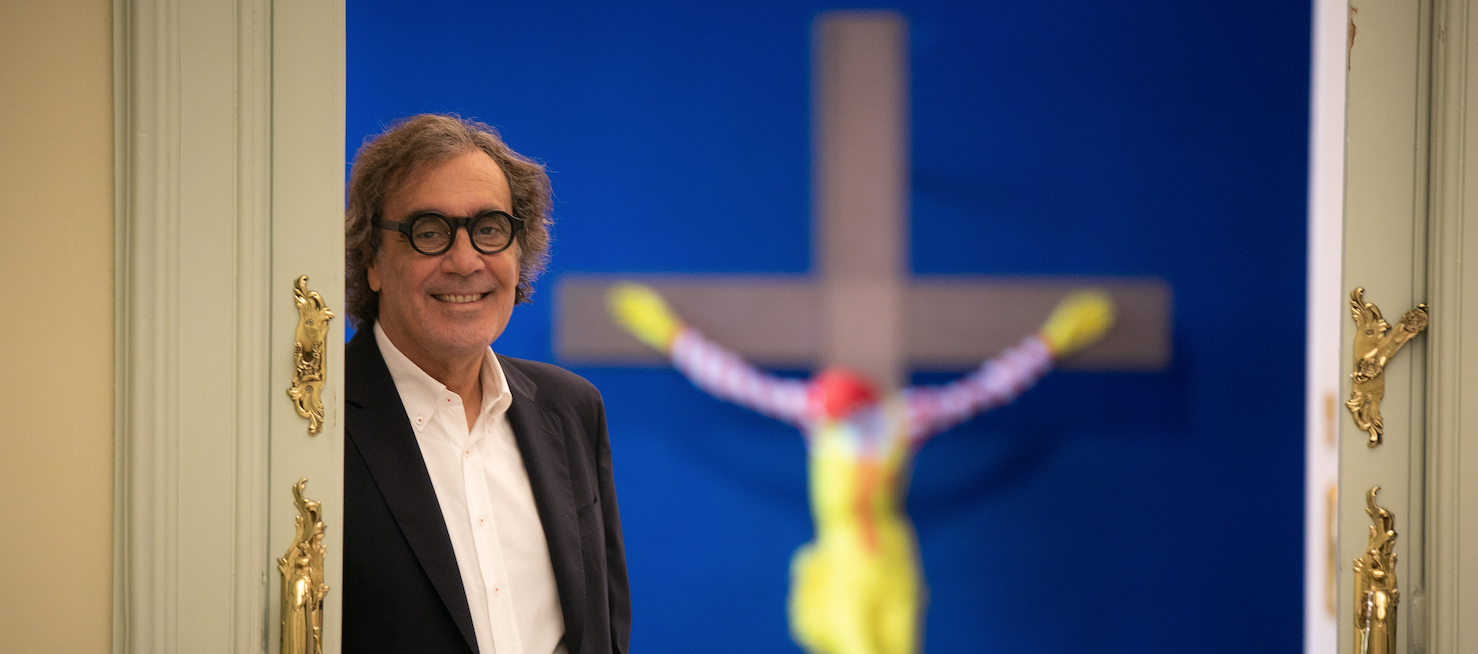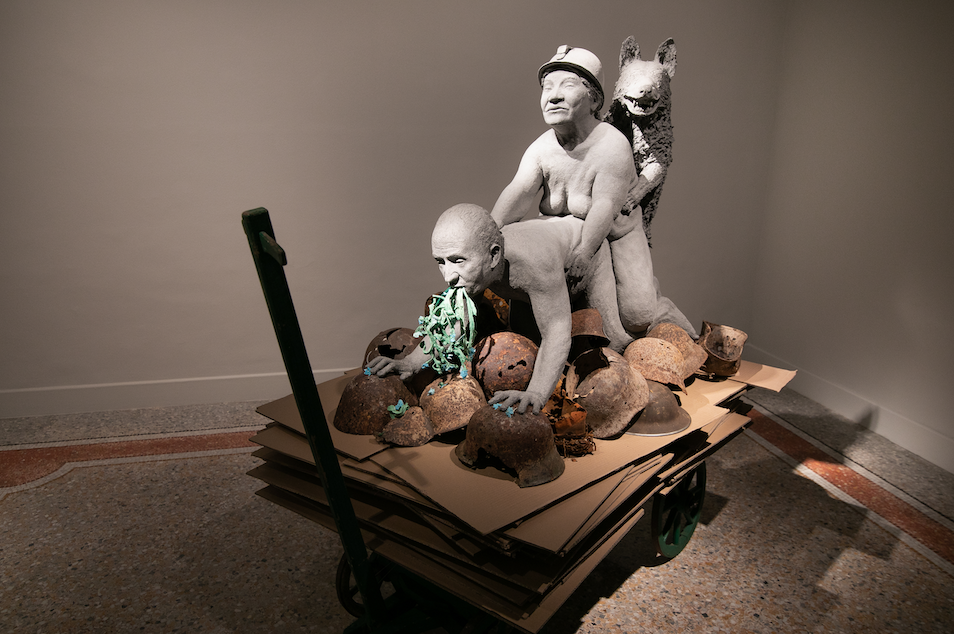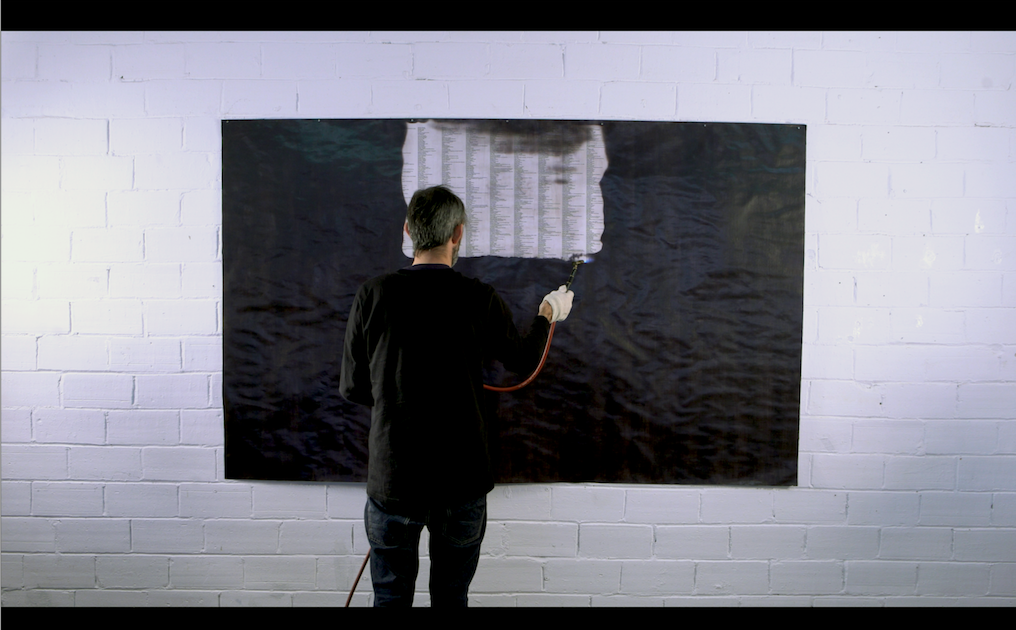reports
After Arranz-Bravo. The future of the foundation
After the death of Eduard Arranz-Bravo, the foundation ensures the continuity and growth of a project that has combined the review of Arranz Bravo's career with support for emerging creation.
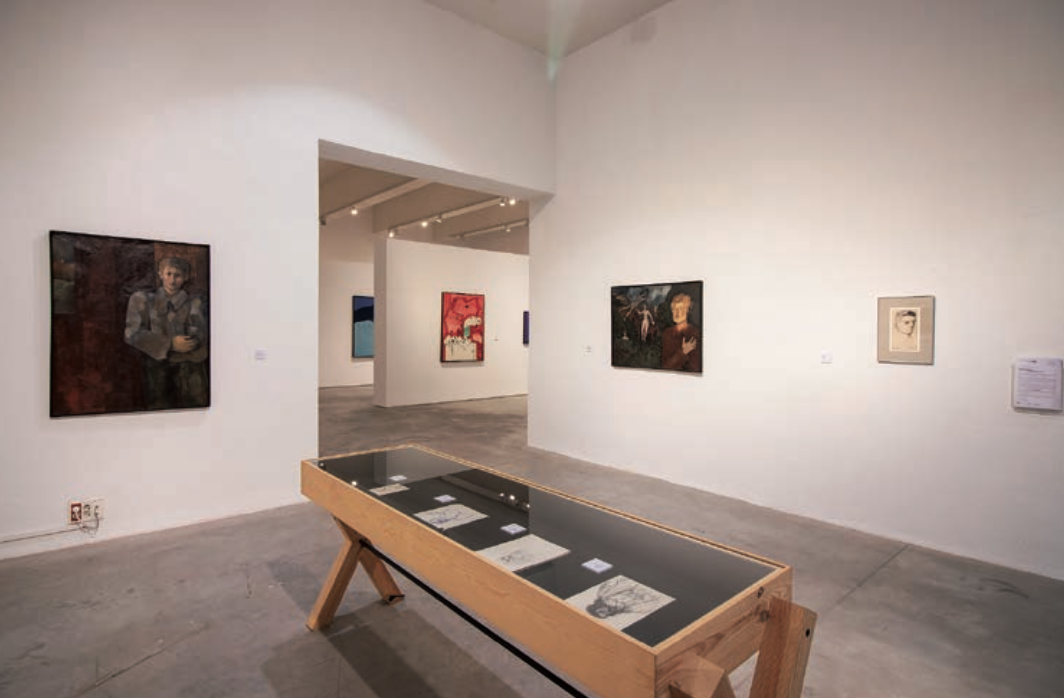
Talking about Eduard Arranz-Bravo (Barcelona, 1941-2023) is not an easy task. His life has been entirely devoted to art until his last day, painting, sculpting, traveling up and down, and spreading a contagious energy that can only be understood by those of us who lived it up close. His artistic career has been widely reviewed and praised after his death, but one of his strengths is the legacy of the Arranz-Bravo Foundation (FAB), in Hospitalet de Llobregat.
Reference for new generations
We spoke to its artistic director, Albert Mercadé, to inform us about the present and the future of the project, which combines reviewing the trajectory of Arranz-Bravo with serving as a platform to support emerging art. Mercadé points out that Eduard earned his place as a benchmark because he fulfilled what characterizes them: important career, work that has remained in the collective memory, artistic quality, social transmission of the artistic fact and transmission to new generations . Eduard taught us to value cultural action, not to be stuck. The best way to preserve his legacy is to follow – and increase – the action of the Arranz-Bravo Foundation, which is what will best guarantee the care of his work from a cultural point of view.
But after the death of Eduard Arranz-Bravo, last October, a few questions arise: what plans and objectives are there in the medium and long term? Are there plans to collaborate with other institutions or artists? New initiatives? And most importantly: what does the FAB need to ensure the continuity and growth of the project?
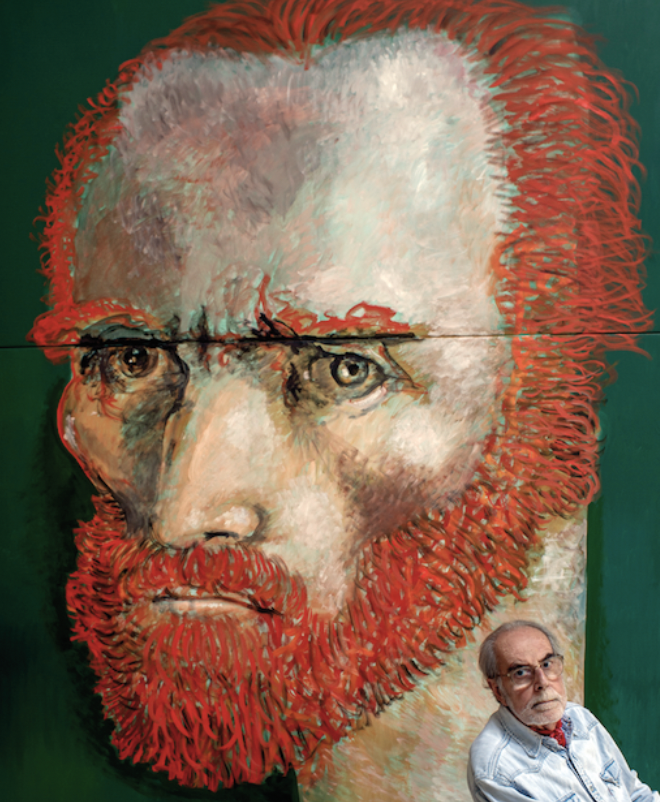
Consolidate and reset
First of all, the FAB has a double objective: on the one hand, to consolidate the FAB project and increase its centrality in the field of visual arts. Eduard is a reference, and is one of the only ones of his generation to have a foundation, unlike the Dau al Set generation. This means that the FAB has immense potential to grow financially and culturally. As Vicenç Altaió said in the tribute last November, the foundation has something that few art spaces in such a specialized world have: the alternation between the commitment to emerging art and the preservation of memory. Secondly, Mercadé proposes: "Resituate Arranz-Bravo in the story of the history of contemporary art in the country and open it up to criticism. At the end of his life [Eduard] was very closed, he neglected contact with critics and museums. This is central, because Eduard's work – we saw it in the tribute exhibition – has the potential to be exhibited in any major museum in Catalonia or Spain. We think that without Arranz-Bravo and Bartolozzi the explanation of the experimental and artistic transformation of the sixties remains lame: few artists represented it so iconically. They need to be part of the new narratives that the Catalan museums - MNAC and MACBA, mainly - are creating about that period and about contemporary art in general."
The immediacy of the FAB, this 2024, implies respecting the programming that had already been decided with Arranz-Bravo still alive: "They will be the next three exhibitions, dedicated to emerging artists or those closely linked to Hospitalet who have had few opportunities to show their work in our context, and that they have a clear interest in the power of plastic in their work. From the end of the year, we will start to show new exhibitions dedicated to Eduard through perspectives never shown until now, opening the critical gaze to different voices in contemporary art", explains the artistic director of the FAB.

Strength and uniqueness
However, the Catalan art sector, as Arranz-Bravo himself said, "suffers from eternal rickets". For this reason, Mercadé points out: "The foundation needs more resources, both public and private. We can get by with what we have, but we can't grow. The figure of Eduard Arranz-Bravo and the foundation's project have great potential to contribute decisively in the context of the visual arts in Catalonia: due to Eduard's power (experimental art, social art , painting, sculpture in today's world) and the need to give way to new voices in contemporary art." For this reason, argues Mercadé, the Arranz-Bravo Foundation "is a country project: everyone needs to get involved, because Eduard was a country artist. I believed in Catalonia and, above all, I believed in the strength and uniqueness that we are capable of achieving when we unite and work well with a common goal.”





